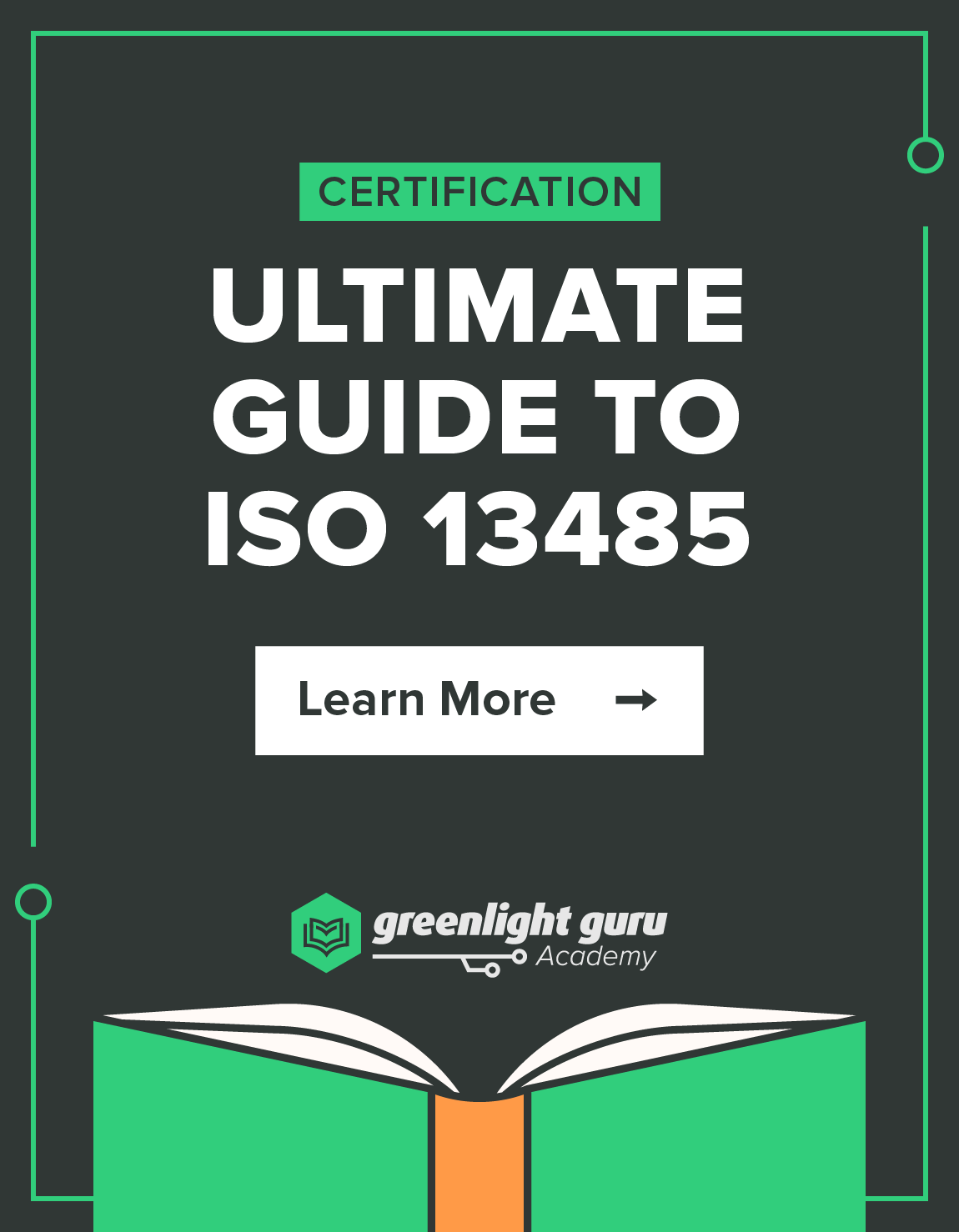Definition
Medical device companies who wish to market and sell their products inside the European Economic Area must demonstrate compliance to the ISO medical device standards.
The International Organization for Standardization (ISO) is an independent organization that helps to facilitate global commerce by publishing standards that guide the production of quality goods across a variety of industries. The ISO medical device standards
What are the ISO Medical Device Standards?
To date, ISO has published over twenty thousand standards that encompass activities across every industry across the globe, but there are just a few that can be broadly applied to medical device companies.
ISO 9000 & 9001 Quality Management Systems
ISO 9000 and ISO 9001 are part of the "ISO 9000 family of quality management standards." While ISO 9001 contains the details for how organizations can implement quality management systems of their own, ISO 9000 focuses more on the fundamental aspects of quality, including the seven principles of quality on which the quality management system is based:
-
Customer focus.
-
Leadership.
-
Engagement of people.
-
Process approach.
-
Improvement.
-
Evidence-based decision-making.
-
Relationship management.
These standards were not written specifically for medical device companies, but it is important that medical device manufacturers are familiar with them. They were the original quality management system guidelines that were applicable to companies across industries, and the ISO medical device standards that emerged later were largely based on their guidance. Many of these seven principles, such as strong customer focus, a process approach to quality and the need for cohesive leadership, have translated well into the ISO medical device standards.
ISO 13485 - Medical Device Quality Management Systems
ISO 13485 is the leading international standard for medical device quality management systems. It was originally published in 1996, received its first update in 2003, and was updated again in 2016 to reflect changing needs of the medical device industry and international marketplaces. ISO 13485 is generally harmonized with the ISO 9001 document - there's plenty of overlap between them, and it's clear that some of the processes of ISO 9001 have been adopted in ISO 13485 to apply more specifically to medical device manufacturers.
Medical device companies that implement the ISO 13485 standard will benefit from a quality system that promotes safe and effective medical device manufacturing and facilitates market entry where applicable.
ISO 14971 - Medical Device Risk Management
ISO 14971 is an ISO medical device standard for the application of risk management to medical devices. Medical device companies must accept that for most devices, there will always be risks associated with normal use of the device. Effective risk management means understanding sources of risk, quantifying that risk, and ensuring that the benefits of the product outweigh the risk profile.
ISO 14971 encourages manufacturers to build safety features into the design of medical devices, establish protective measures in the medical device itself that can protect or warn the user against potential risks, and provide detailed written safety guidance for medical devices. Importantly, the 2012 version of ISO 14971 is currently applied to medical devices destined for the European market, while ISO 14971:2007 remains the standard for the rest of the world.
Greenlight Guru Facilitates Compliance with ISO Medical Device Standards
Medical device companies seeking compliance with the ISO medical device standards must establish a quality management system that conforms to ISO 13485:2016. Greenlight Guru's eQMS software provides out-of-the-box compliance with the most current medical device quality standards, including ISO 13485 and the FDA QSR. With Greenlight Guru, medical device companies can establish and monitor quality processes that are proven to result in the production of safer and more effective devices.
Related Links
Looking for an all-in-one QMS solution to advance the success of your in-market devices and integrates your quality processes with product development efforts? Click here to take a quick tour of Greenlight Guru's Medical Device QMS software →










